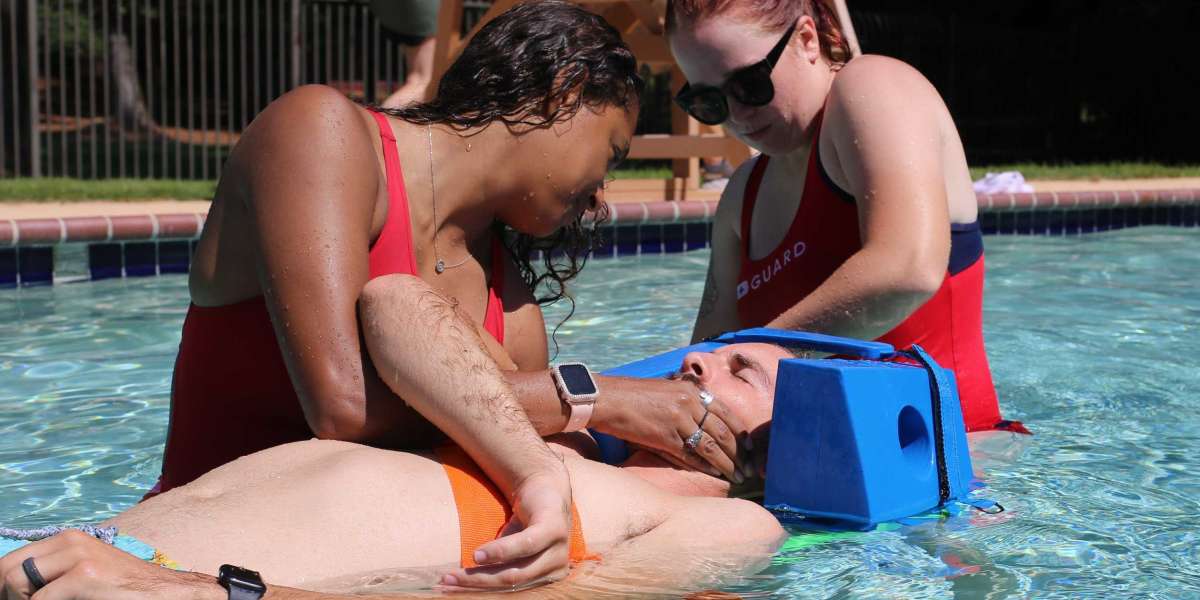Whether you're a competitive swimmer, beach volleyball enthusiast, weekend kayaker, or simply enjoy family time by the pool, water safety is paramount. Behind the scenes of every smooth sailing day at the beach or pool are the vigilant eyes of lifeguards—guardians of aquatic safety who are trained not just to react, but to prevent accidents before they happen.
Drawing from the expertise of professionals certified by the American Lifeguard Association (ALA)—a leading force in aquatic education and emergency response—we’ve compiled the most essential water safety tips that every athlete and sports enthusiast should adopt. These guidelines don’t just save lives—they empower you to enjoy water sports with confidence and respect.
1. Respect the Power of Water—Even If You're Fit and Trained
Many sportspeople assume that their fitness level alone will protect them in the water. But the ocean, lakes, and even pools are unpredictable. A sudden cramp, rip current, or unseen drop-off can catch even the strongest swimmer off-guard.
ALA-certified lifeguards are trained to monitor both beginner swimmers and professional athletes. One of their golden rules is simple: never overestimate your ability and always be aware of the water environment you're entering. Even Olympians respect the water—and so should you.
2. Always Swim With a Buddy
This one might sound basic, but it’s often overlooked by seasoned athletes practicing solo routines. Whether you're doing laps in a secluded pool or going for a long open-water swim, never go alone.
ALA lifeguards emphasize the “two is safe, one is dangerous” mantra. A buddy can alert help if something goes wrong—or better yet, prevent it from happening altogether. It’s not about limiting independence; it’s about maximizing safety through accountability.
3. Understand the Terrain Before You Dive In
Before entering any natural body of water, take time to study the environment. Ask these questions:
Are there strong currents or rip tides?
What is the water temperature?
Is the bottom sandy, rocky, or muddy?
Are there lifeguards on duty?
ALA training places a high priority on environmental awareness. Lifeguards are taught to assess potential hazards before they even post their chairs. Athletes should do the same: take five minutes to survey the scene before you get wet.
4. Learn to Recognize Rip Currents—and How to Escape Them
Rip currents are one of the leading causes of rescues and drownings along U.S. coastlines. And they don’t just pull under—they pull away. Many swimmers panic and try to swim back to shore against the current, exhausting themselves.
ALA-certified lifeguards teach this rule: don’t fight the rip. Swim parallel to the shore until you’re out of the current, then angle back to land. If you're too tired to swim, float and signal for help by waving one arm.
5. Hydration and Sun Protection Are Part of Safety
Lifeguards aren’t just scanning the water for distress—they’re also watching for signs of heat stroke, sunburn, and dehydration. Athletes especially need to hydrate and protect their skin.
Sport-related water safety includes preparation before and after you swim. Wear waterproof sunscreen, hydrate adequately, and if you feel dizzy or overly fatigued, get out and rest.
6. Obey Lifeguards and Posted Signs—They’re There for a Reason
Lifeguards trained under the American Lifeguard Association follow strict protocols. When they tell swimmers to clear an area, it's not for fun—it could be due to hidden hazards like marine life, shifting currents, or unsafe weather conditions.
Signs like “No Swimming,” “Red Flag,” or “Shallow Water—No Diving” are grounded in safety data, not suggestions. Respect the signage as you would a rulebook in a sport—because your life could depend on it.
7. Know CPR and First Aid—It Might Save a Teammate's Life
ALA training isn’t just about watching; it’s about reacting fast with skill. Every lifeguard knows CPR, AED use, and first aid protocols. Sports professionals and coaches should, too.
Imagine your teammate collapses after a swim or your child is pulled unconscious from the water. Knowing how to respond immediately, before emergency services arrive, can make all the difference. The ALA offers community CPR and first aid training—not just for lifeguards, but for anyone committed to safety.
8. Gear Check Before Water Entry
For water sports like kayaking, paddleboarding, jet skiing, or even snorkeling, safety depends on more than skill—it depends on equipment. Always inspect your gear before entering the water:
Is your life jacket securely fastened and in good condition?
Are your goggles or snorkel mask cracked?
Is your paddleboard leash intact?
ALA lifeguards perform routine equipment checks before their shift begins. Athletes should adopt a similar habit to prevent malfunctions that could lead to emergencies.
9. Supervise Children Constantly—Even in Shallow Water
One of the most tragic lifeguard reports is a drowning that happened in shallow water, often right in front of adults who looked away for "just a second." Children should never be left unattended, not even for a moment—even if they’re strong swimmers.
ALA experts advise the “arm’s reach” rule: keep children within your arm’s reach if they’re in or near the water. Pools and lakes are not babysitters, and even calm-looking water can conceal danger.
10. Enroll in a Water Safety or Lifeguarding Course
Want to truly level up your water confidence? Consider enrolling in an American Lifeguard Association course. Whether you're an athlete, coach, parent, or fitness instructor, ALA offers courses that cover:
Rescue techniques
Environmental hazard awareness
First aid CPR
Risk management
Aquatic emergency planning
Learning these skills doesn't just help you stay safe—it enables you to help others, which is the true spirit of sportsmanship.
Conclusion: Confidence Through Preparedness
Sport is about pushing limits, and water sports are no exception. But water doesn’t care about medals or muscle—it requires respect, awareness, and preparation. The best athletes understand that true confidence doesn’t come from invincibility; it comes from being prepared.
The American Lifeguard Association exists not just to train lifeguards, but to promote a culture of aquatic safety and athletic excellence. Whether you're hitting the surf, diving into a pool, or coaching a youth swim team, take these lifeguard-approved tips to heart.


